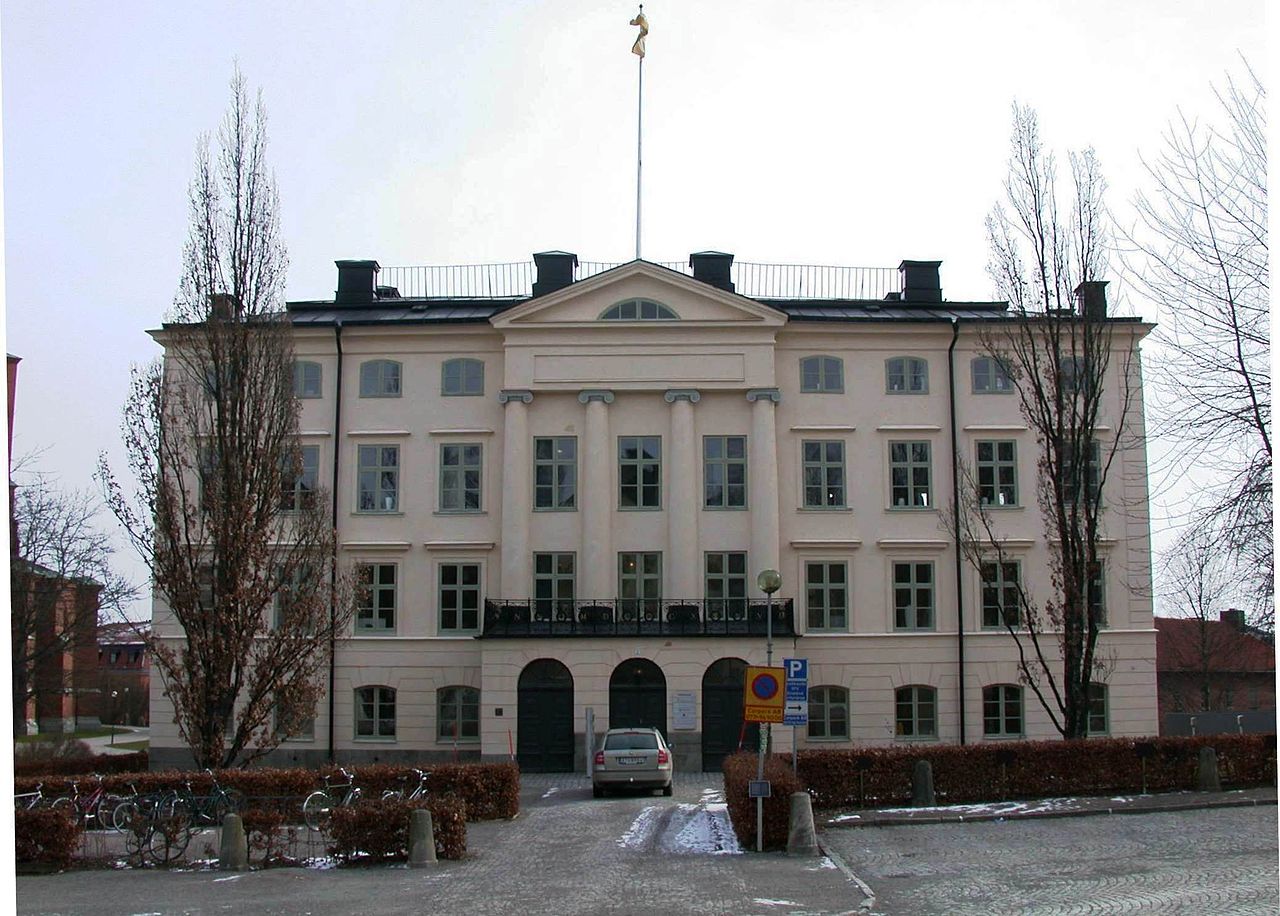Eugenics in the Nordic countries
Between 1923 and 1941, Nordic governments enacted marriage limitation, sterilisation, castration and abortion laws intended to curb reproduction by the mentally ill and disabled, transmitters of inheritable diseases, and (in some cases) social undesirables.

The roots of the varied eugenics movements of the twentieth century lay in late-nineteenth century ideas about links between evolution, genetics and national identities. In the early twentieth century at least one research strand prevalent in much of Western Europe, including the Nordic region, involved the development of a ‘science’ of national identity definition and social engineering. Eugenics was advocated by individuals and organisations for much of the first half of the twentieth century in the Nordic countries. As an example of how seriously the ideas of this movement were taken, Sweden set up the Swedish State Institute for Racial Biology (Statens institut för rasbiologi) at Uppsala University in 1922. Its first director was Herman Lundborg. The institute ceased operations when it was merged with Uppsala University's Institute of Medical Genetics in 1958.
The eugenic (sterilization) laws enacted in all the Nordic countries were seen as tools of social engineering and as ways to provide cost savings to welfare programs overburdened by the economic troubles of the period. They enjoyed widespread support and elicited little in the way of ethical or moral debate until after 1945. All of the laws were repealed by the mid-1970s and, having applied for nearly four decades, they resulted in as many as 170,000 sterilizations, the overwhelming majority of which were performed on women. They still arouse widespread criticism and, in the 1990s, journalists, scholars, and government commissions discovered that thousands of involuntary sterilizations had been performed. Subsequently, steps were taken to compensate victims who stepped forward and filed claims.
The duration of these laws for each country was: Denmark, 1929-1967; Finland, 1935-1970; Iceland, 1938-1975; Norway, 1934-1977 (an additional law was passed during the Nazis' occupation of Norway and was in effect between 1942 and 1945); and Sweden, 1934-1976.
Further reading:
- G. Broberg and N. Roll-Hansen., (eds), Eugenics and the welfare state: sterilization policy in Denmark, Sweden, Norway, and Finland (East Lansing, Michigan: Michigan State University Press, 1996).